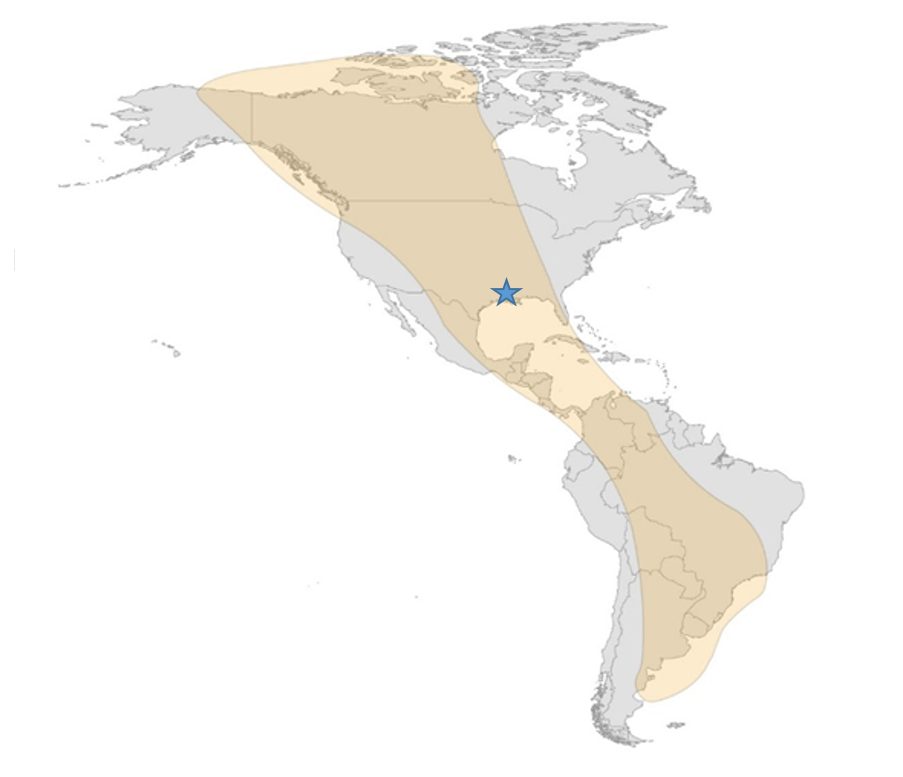Overview
Shorebirds that migrate through the midcontinent can travel up to 18,000 miles between their wintering grounds in South America and their breeding grounds in the Arctic every year, with few stops along the way. For many of these species, Louisiana is their first stop in North America as they travel north in the spring, and their last chance to refuel in North America before they cross the open ocean as they return south in the fall. Over half a million shorebirds from 28 species rely on Louisiana’s wetlands along their journey, and another 3 species breed or winter here.
Our Work – An Opportunity in Working Lands
Historically, shorebirds used the 2.5 million acres of coastal marsh and wet prairie ecosystems in south Louisiana as well as inland wetlands along the Mississippi farther north to rest and forage. These habitats are increasingly rare and in need of protection. Agricultural lands such as rice and crawfish farms can provide alternative habitat for these feathered travelers, especially during their southward migration when the Lower Mississippi Valley Joint Venture has identified a lack of suitable stopover habitat within the region.
 Manomet is working on the ground with the Natural Resources Conservation Service (NRCS) and other regional partners, landowners, and producers to promote on-farm practices that will increase habitat for shorebirds through the Working Lands for Wildlife Shorebirds of Louisiana Wetlands program.
Manomet is working on the ground with the Natural Resources Conservation Service (NRCS) and other regional partners, landowners, and producers to promote on-farm practices that will increase habitat for shorebirds through the Working Lands for Wildlife Shorebirds of Louisiana Wetlands program.
Farmers represent a great opportunity to collaborate to achieve conservation goals. By adopting post-harvest practices to hold or collect water, fields that are used to produce essential food for humans can do the same for migratory shorebirds and other wildlife.





 Back to all
Back to all